Faye E. Goldman - Geometric Origami
Here you can read online Faye E. Goldman - Geometric Origami full text of the book (entire story) in english for free. Download pdf and epub, get meaning, cover and reviews about this ebook. year: 2014, publisher: Thunder Bay Press, genre: Children. Description of the work, (preface) as well as reviews are available. Best literature library LitArk.com created for fans of good reading and offers a wide selection of genres:
Romance novel
Science fiction
Adventure
Detective
Science
History
Home and family
Prose
Art
Politics
Computer
Non-fiction
Religion
Business
Children
Humor
Choose a favorite category and find really read worthwhile books. Enjoy immersion in the world of imagination, feel the emotions of the characters or learn something new for yourself, make an fascinating discovery.
- Book:Geometric Origami
- Author:
- Publisher:Thunder Bay Press
- Genre:
- Year:2014
- Rating:4 / 5
- Favourites:Add to favourites
- Your mark:
Geometric Origami: summary, description and annotation
We offer to read an annotation, description, summary or preface (depends on what the author of the book "Geometric Origami" wrote himself). If you haven't found the necessary information about the book — write in the comments, we will try to find it.
Too hip to be square, Geometric Origami takes the art of paper folding to stunning new heights.
A sophisticated new origami kit for advanced paper-folding enthusiasts, Geometric Origami takes paper art to spectacular new levels. Fifteen intricate paper projects use specially designed strips that come with the book and include a tetrahedron, hexahedron, octahedron, dodecahedron, icosahedron, truncated tetrahedron, cuboctahedron, icosidodecahedron, rhombic triacontahedron, snub dodecahedron, zonohedron, and buckyballs. And dont worry there are even a few pronounceable shapes like the egg and a geometric bracelet, plus more surprises. This beautifully designed kit gives a new perspective on geometry and the world of origami and is great fun for the entire family or the perfect gift for a math professor.
Faye E. Goldman: author's other books
Who wrote Geometric Origami? Find out the surname, the name of the author of the book and a list of all author's works by series.

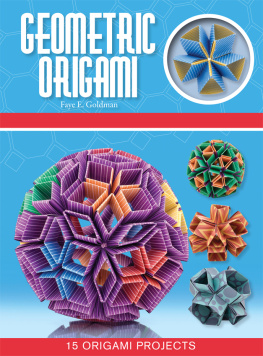
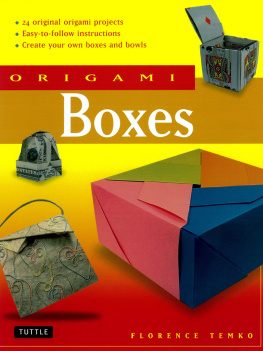
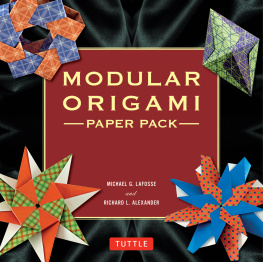
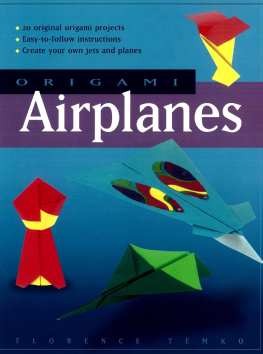
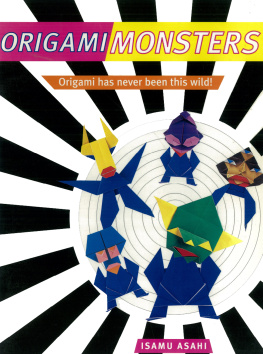
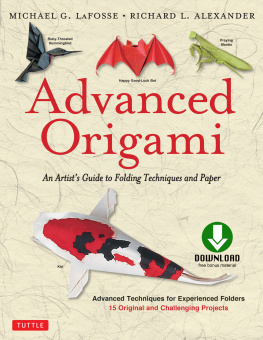
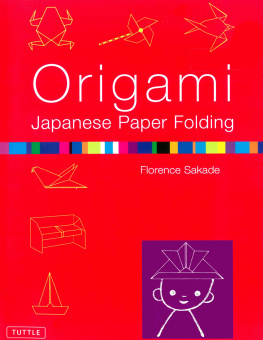


![Marcia Joy Miller - Origami for Busy People: 27 Original On-The-Go Projects [Origami Book, 48 Papers, 27 Projects]](/uploads/posts/book/151502/thumbs/marcia-joy-miller-origami-for-busy-people-27.jpg)
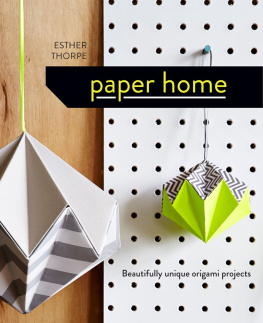
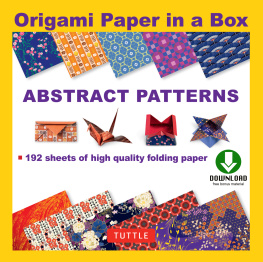
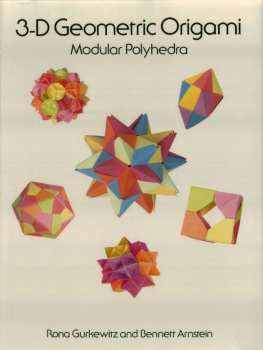




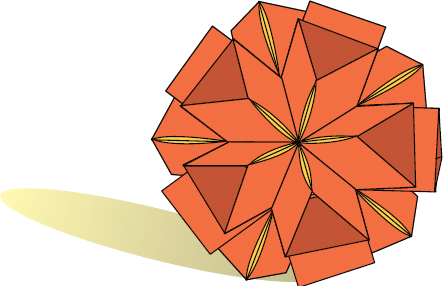
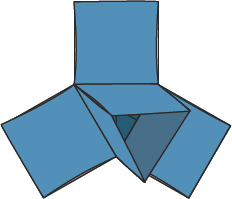 This is not to say that the building of these models is easy and that patience and practice isnt required. These models are challenging, and they will require perseverence. But they are extremely rewarding and quick to build. Most of these models have geometric polyhedra at their corequite literally! If you recall from your high school geometry class, polyhedra (singular: polyhedron) are three-dimensional figures with many sides.
This is not to say that the building of these models is easy and that patience and practice isnt required. These models are challenging, and they will require perseverence. But they are extremely rewarding and quick to build. Most of these models have geometric polyhedra at their corequite literally! If you recall from your high school geometry class, polyhedra (singular: polyhedron) are three-dimensional figures with many sides. Youll learn how to make paper-strip models based on the Platonic solidspolyhedra made of only one shape (named for the philosopher Plato), as well as the Archimedean solidspolyhedra made of two or more shapes (and named for the Greek mathematician, Archimedes). It is this connection to geometry that originally drew me to this particular type of paper folding. My background is in math and chemistry and I love making things.
Youll learn how to make paper-strip models based on the Platonic solidspolyhedra made of only one shape (named for the philosopher Plato), as well as the Archimedean solidspolyhedra made of two or more shapes (and named for the Greek mathematician, Archimedes). It is this connection to geometry that originally drew me to this particular type of paper folding. My background is in math and chemistry and I love making things. 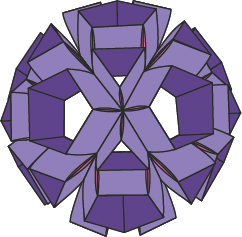
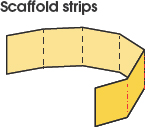 Hinge strips connect the scaffolds. Hinges are what is most visible in the finished model.
Hinge strips connect the scaffolds. Hinges are what is most visible in the finished model. You can use the same color for both the scaffolds and the hinges, but sometimes using coordinating colors looks nice, since the scaffold color always peeks through at the edges.
You can use the same color for both the scaffolds and the hinges, but sometimes using coordinating colors looks nice, since the scaffold color always peeks through at the edges.